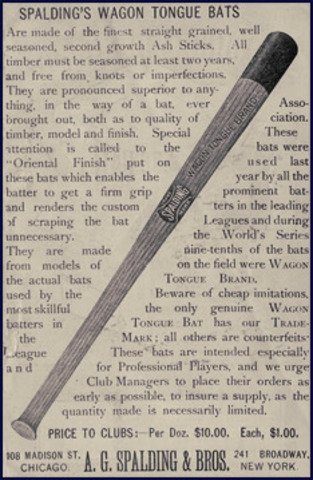What Type of Wood Are MLB Bats Made Of?
History of the MLB Baseball Bat
In the 1800’s baseball players traditionally made their own bats. Players could make bats however they wanted. This means that bats were often made of whatever scrap wood was lying around. Bats were often made from wagon tongues and included unique designs and materials specific to that player’s style.
In the mid-1800s players began seeking out the help of professional woodworkers to help them design and shape baseball bats. The first standard baseball bat was not mass-produced until 1884. Several different kinds of wood were tested including hickory, ash, and maple. Since then, rules and regulations have been put in place to limit the size, weight, and material of the bats used in MLB.
3 Type of Wood in MLB Bats:
The wooden baseball bats of modern Major League Baseball are made from several different types of woods. These are the most common types of wood in MLB bats and the advantages of each:
The 271 model is the most popular bat in the game.
Maple Wood Baseball Bats (70% USE MAPLE)
Maple bats are stiff and offer little flexibility when a ball is struck with them. Maple wood is hard and thick which allows for additional force behind the hit. It should come as no surprise that sluggers often choose to use maple bats. Because of the density of maple wood, bats made of maple are less likely to crack or break. The downside of maple bats is that they can retain moisture over time which adds weight to the bat and decreases swing speed.
Ash Wood Baseball Bats (25% USE ASH)
Ash was one of the initial species of wood that was first used in standard baseball bats. Many MLB players still use Ash bats because they offer more flexibility which increases bat speed. The downside of Ash baseball bats is that they are ring-porous and tend to dry out over time leading to breakage.
Birch Wood Baseball Bats (5% USE BIRCH)
Birch is another common wood that is used to make bats. Birch is soft but also naturally durable, it is the middle road between ash and maple. Birch bats often combine the durability of maple bats with the flexibility of ash bats. The downside of birch is its softness. Hitting often leaves dents on the shaft of the bat.


